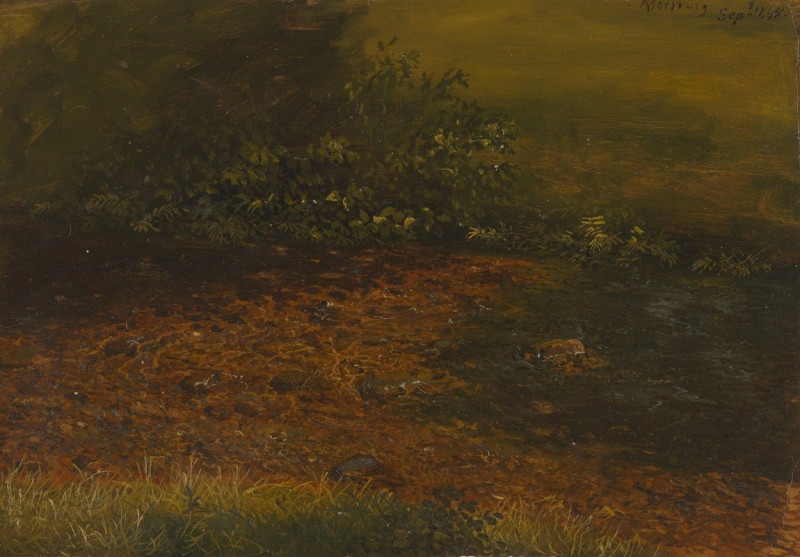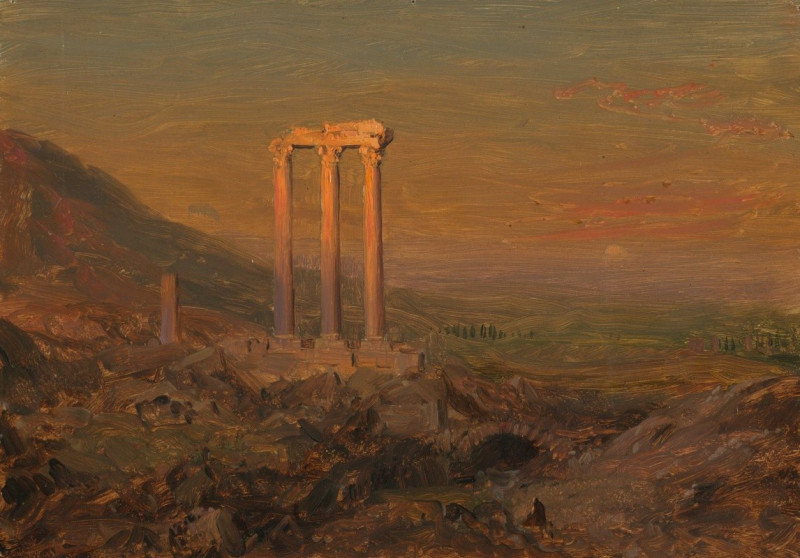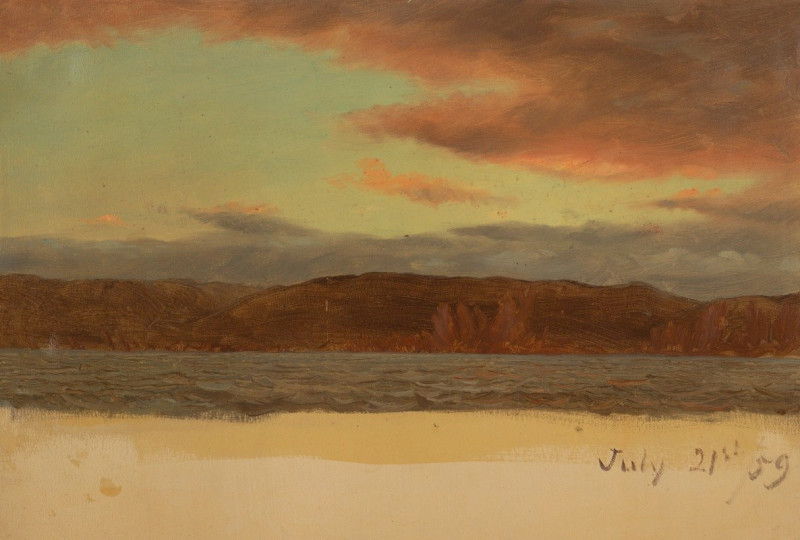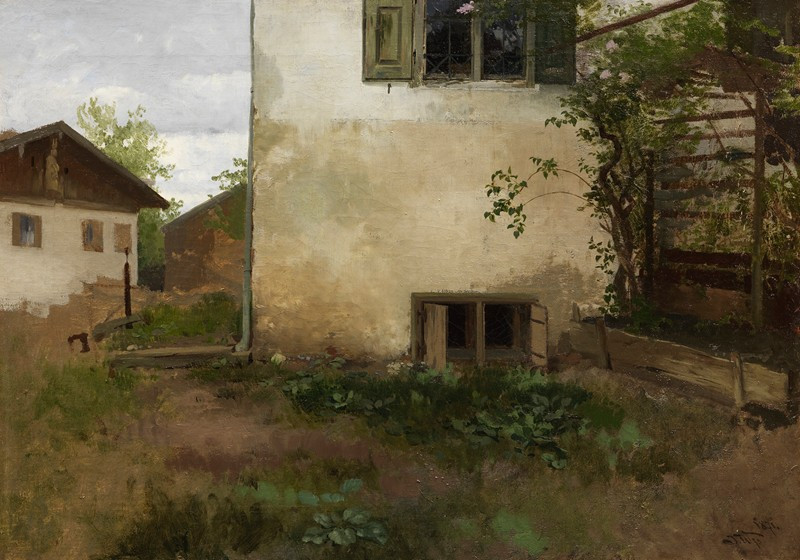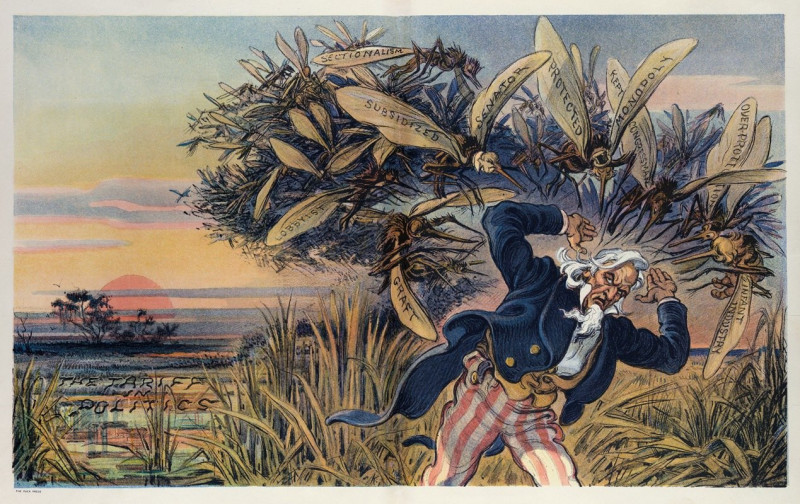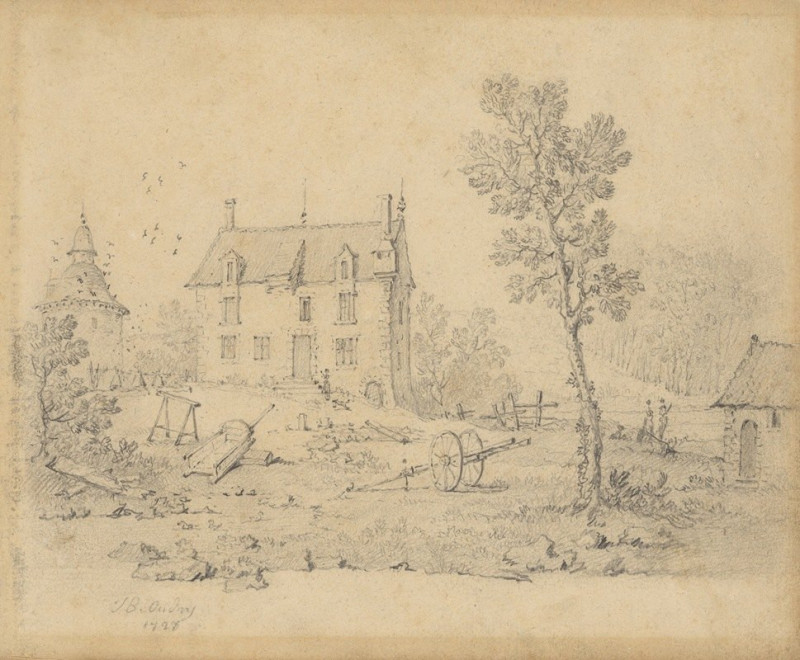The Watzmann and Goell, near Berchtesgeden (1868)
Technique: Giclée quality print
Recommended by our customers
More about this artwork
Dive deep into the transcendent beauty captured in "The Watzmann and Goell, near Berchtesgaden," an awe-inspiring piece painted in 1868 by the eminent American landscape artist Frederic Edwin Church. Renowned for his meticulous attention to detail and vibrant portrayals of nature, Church brings to life the grandeur of the Bavarian Alps with an enchanting finesse in this masterpiece.This painting skillfully depicts the mountainous landscape of Berchtesgaden, a serene and picturesque region in Bavaria, Germany. The artist's precision in brushwork gloriously conveys the rugged yet majestic forms of the Watzmann and Goell mountains, casting them not just as geographical features, but as powerful characters in their own right.Natural light plays a pivotal role in this composition, masterfully illuminating the peaks and valleys to create a play of shadows and highlights that give the canvas a breathtaking depth. The soft, warm hues suggest a quietly powerful sunrise or sunset, a moment suspended in time where nature's overwhelming beauty is silent yet palpable.In the foreground, the rocky terrain, adorned with sparse vegetation, gives way to sweeping valleys that stretch into the hazy, distant mountains, inviting the viewer to explore the vastness and isolation of the Alpine landscape. Church's expert handling of scale and atmospheric perspective draws the eye from the craggy cliffs and ledges all the way to the serene and obscured horizons, enveloped in a subtle mist.
Delivery
Returns
Frederic Edwin Church (May 4, 1826 – April 7, 1900) was an American landscape painter born in Hartford, Connecticut. He was a central figure in the Hudson River School of American landscape painters, best known for painting large landscapes, often depicting mountains, waterfalls, and sunsets. Church's paintings put an emphasis on realistic detail, dramatic light, and panoramic views. He debuted some of his major works in single-painting exhibitions to a paying and often enthralled audience in New York City. In his prime, he was one of the most famous painters in the United States.








